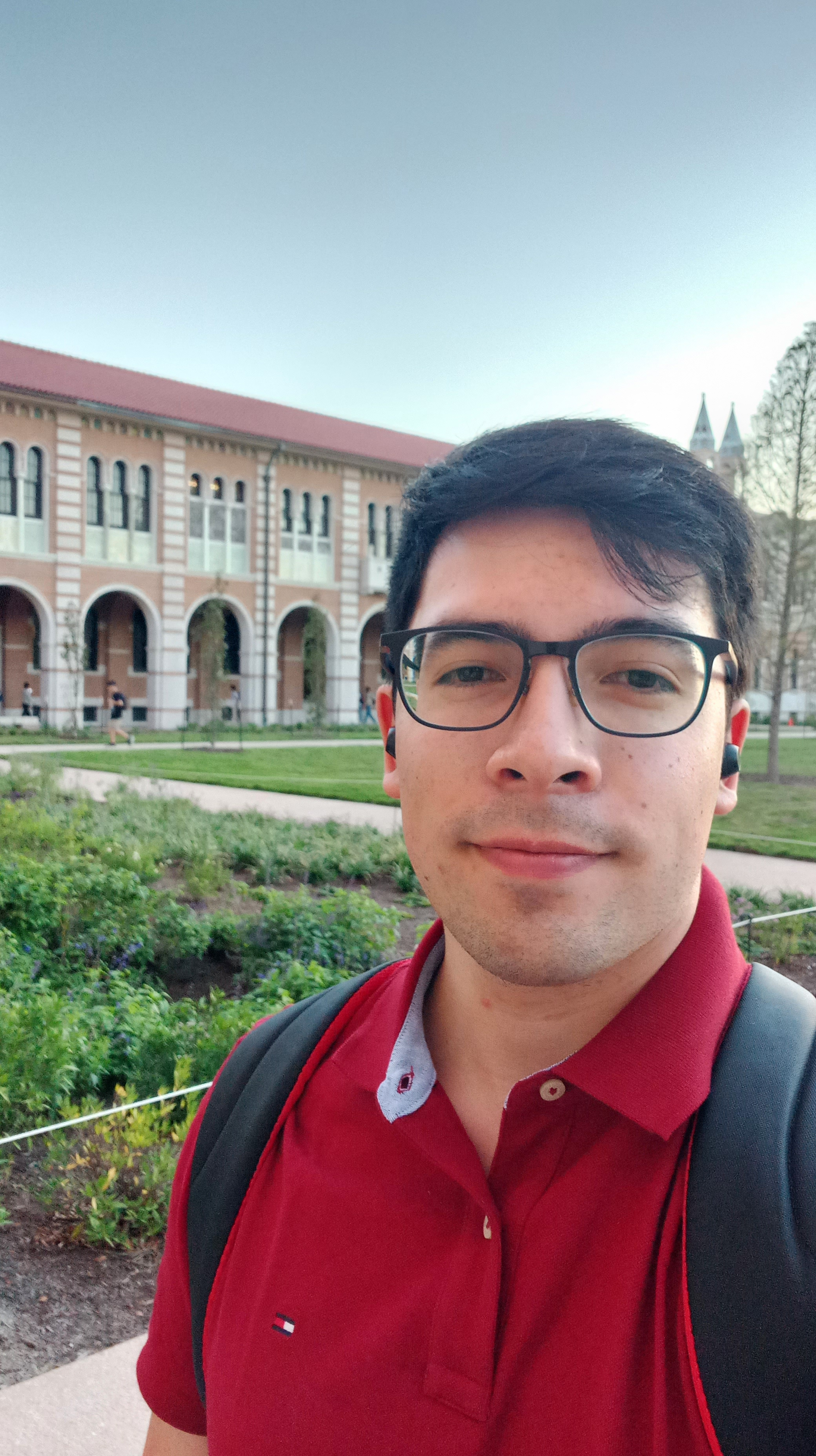Reflectometry with Galileo Signals: Ocean and Amazon Basin events from CYGNSS
Published in 2024 IEEE Biennial Congress of Argentina (ARGENCON), 2024
Abstract: Global Navigation Satellite Systems (GNSS) are designed to provide precise positioning, velocity, and timing information through satellite constellations. These satellites transmit signals to GNSS receivers to determine location parameters. Beyond their traditional use, GNSS signals reflected, refracted, and scattered by the Earth’s surface and atmosphere have been utilized in remote sensing applications, leading to techniques like GNSS Reflectometry (GNSS-R) and GNSS Radio Occultation (GNSS-RO). GNSS-R involves processing signals reflected from the Earth’s surface to extract geophysical parameters, employing GNSS-R receivers located on ground stations, airborne platforms, or Low Earth Orbit (LEO) satellites. The Cyclone Global Navigation Satellite System (CYGNSS) mission, led by the University of Michigan and sponsored by NASA, utilizes GPS-R to capture reflections of GPS L1 C/A signals. In this work we use CYGNSS public data to generate a Galileo-R event dataset, focusing on reflections from the ocean and the Amazon Basin. We processed raw intermediate frequency (IF) data to obtain Delay-Doppler Maps (DDMs) from Galileo signals, calculated relevant parameters, and created a public dataset for Galileo-R Ocean and Amazon basin events. This paper details the signal processing methodology, dataset characteristics, and a statistical analysis of the classified events.
Recommended citation: Dante C. Andrinolo O, Santiago Ozafrain. "Reflectometry with Galileo Signals: Ocean and Amazon Basin Events from CYGNSS." 2024 IEEE Biennial Congress of Argentina (ARGENCON). , San Nicolás de los Arroyos, Argentina, 2024, pp. 1-7.
Download Paper
